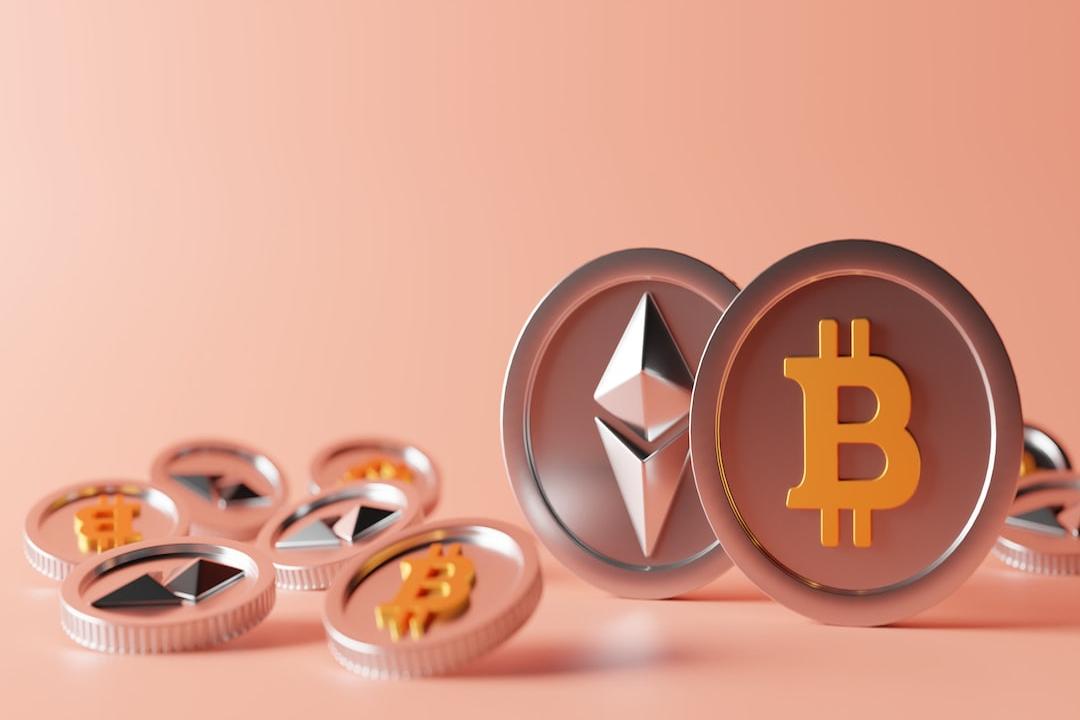POPCAT’s price has been relatively stagnant, causing uncertainty among investors about its future. However, a recent whale transaction involving Moodeng tokens could be the catalyst that POPCAT needs to break out of its current consolidation phase.
One of the top 40 Moodeng token holders initiated a Dollar-Cost Averaging (DCA) sell-off of 4.94 million tokens, valued at around $245,000, and converted it into POPCAT. The sell-off was executed in 12 transactions, three minutes apart, indicating a well-planned accumulation strategy.
Whale transactions of this magnitude are often seen as market signals, especially when the funds are directed towards a specific token like POPCAT. This whale’s heavy investment in POPCAT suggests confidence in its future performance. Large-scale purchases like this can increase buying pressure, improve liquidity, and attract more investor attention, potentially leading to upward price movement. Other traders may see this transaction as a bullish signal and follow suit, further driving demand.
Given the scale and systematic nature of this purchase, it appears to be a bullish indicator for POPCAT. The influx of capital and increased market attention could provide the momentum for POPCAT to push higher in the short term.
In addition, the POPCAT USDT pair has formed an ascending triangle pattern, which is a bullish technical setup. The price is currently testing the pattern’s upper trendline, and a breakout would be needed to confirm the bullish momentum. The ascending triangle formation suggests increasing buying pressure as the price approaches the resistance level.
This technical setup provides a clear framework for assessing potential price movements in the near term. By measuring the triangle’s height and projecting it from the breakout point, we can estimate a price target of around $4.3 for POPCAT, representing a 369% increase from the current level.

